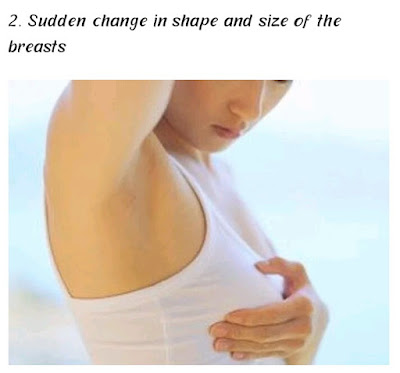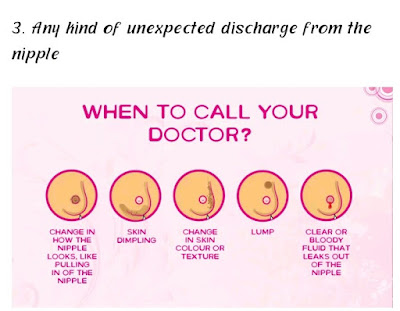- Eating vegetables provides health benefits - people who eat more fruits and vegetables as part of an overall healthy diet are likely to have a reduced risk of some chronic diseases.
- Vegetables provide nutrients vital for health and maintenance of your body.
HEALTH BENEFITS
- Eating a diet rich in fruits and vegetables as part of an overall healthy diet may reduce risk for stroke and perhaps other cardiovascular diseases.
- Eating a diet rich in fruits and vegetables as part of an overall healthy diet may reduce risk for type 2 diabetes.
- Eating a diet rich in fruits and vegetables as part of an overall healthy diet may protect against certain cancers, such as mouth, stomach, and colon-rectum cancer.
- Diets rich in foods containing fiber, such as fruits and vegetables, may reduce the risk of coronary heart disease.
- Eating fruits and vegetables rich in potassium as part of an overall healthy diet may reduce the risk of developing kidney stones and may help to decrease bone loss.
- Eating foods such as vegetables that are low in calories per cup instead of some other higher-calorie food may be useful in helping to lower calorie intake.
NUTRIENTS
- Food sources of the nutrients in bold can be found in the Dietary Guidelines for Americans. Click on the nutrient name to link to the food sources table.
- Most vegetables are naturally low in fat and calories. None have cholesterol. (Sauces or seasonings may add fat, calories, or cholesterol.)
- Potassium rich nutrientsVegetables are important sources of many nutrients, including potassium, dietary fiber, folate (folic acid), vitamin A, vitamin E, and vitamin C.
- Diets rich in potassium may help to maintain healthy blood pressure. Vegetable sources of potassium include sweet potatoes, white potatoes, white beans, tomato products (paste, sauce, and juice), beet greens, soybeans, lima beans, winter squash, spinach, lentils, kidney beans, and split peas.
- Dietary fiber from vegetables, as part of an overall healthy diet, helps reduce blood cholesterol levels and may lower risk of heart disease. Fiber is important for proper bowel function. It helps reduce constipation and diverticulosis. Fiber-containing foods such as vegetables help provide a feeling of fullness with fewer calories.
- Folate (folic acid) helps the body form red blood cells. Women of childbearing age who may become pregnant and those in the first trimester of pregnancy should consume adequate folate, including folic acid from fortified foods or supplements. This reduces the risk of neural tube defects, spina bifida, and anencephaly during fetal development.
- Vitamin A keeps eyes and skin healthy and helps to protect against infections.
- Vitamin E helps protect vitamin A and essential fatty acids from cell oxidation.
- Vitamin C helps heal cuts and wounds and keeps teeth and gums healthy. Vitamin C aids in iron absorption.





















































